I threw a picnic in our garden the other day. We were busy with all…
Thames Valley trades and crafts
There are some traditional and less traditional industries in the Thames Valley and the neighbouring Chilterns. Some of them go back for hundreds of years, but the majority were established in Victorian times.
1) Furniture making
The Chilterns were rich in beech trees so it is no surprise furniture making started here as early as the 1700s. The town of High Wycombe became the centre of chair making in the 19th century and the best selling product was the Windsor chair, which was first shipped to London from the Windsor market in 1724. To put the growing business into perspective, at the beginning of the 1800s there were only a few workshops in town, by 1860 there were 150. I have already written about the Windsor chair in the blog.
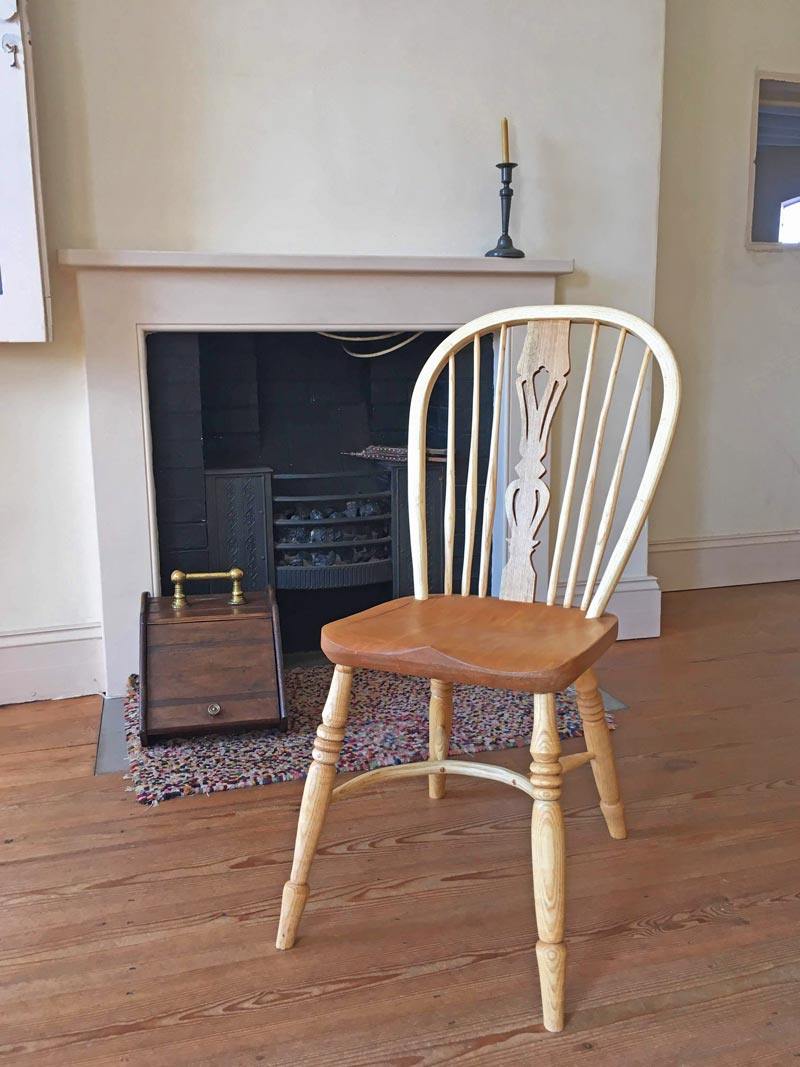
2) Thimble making
Strange as it may seem, thimble making was unknown in Britain until the end of the 17th century. In 1693 the Dutchman John Lofting, noticed this opportunity and started his thimble making business in Marlow, which obtained the brass supply from Temple Brass Mill close to Bisham. According to written records, he exported 145,000 thimbles from London to the continent, yet, he went bankrupt in 1700. It is unknown how but the manufacture carried on producing thimbles and after Lofting’s death in 1742, the business was taken over by his sons. They could not keep up with the industrial revolution and the Birmingham factories that slowly killed their business.
3) Ravenscroft glass
George Ravenscroft was a merchant and not a craftsman, yet inventing lead glass is associated with his name. Between 1651 and 1666 he probably lived in Venice where he was involved in the glass trade.
By the time he moved back to England, cristallo, a very thin and fragile glass was widely spread in the country. Ravenscroft’s glass works were set up in Savoy, London and in Heneley-on-Thames. His early glass suffered from crizzling, thus unsuitable for carving and grinding. In 1675 he announced that the problem was resolved and by adding lead-oxide to the glass, he created a shinier, clearer and more resistant glass. He applied to King Charles II for a patent and produced lead glass for 5 years. In 1681 he lost the patent.
4) Tapestry Craftsmanship
Queen Victoria’s eighth child and youngest son, Prince Leopold was a huge fan of the Arts & Crafts Movement and craftsmanship, so he established the Old Windsor Tapestry Manufactory in 1876. The weavers were invited from Aubusson, France and 100 families arrived into the town of Old Windsor that had a population of around thousand at the time. The weavers wove the tapestries on the reverse and were able to see the front of the pattern with a help of a mirror. Yet, they made some amazing tapestries like the Merry Wives of Windsor or the Tales of King Arthur. Although they won several prizes the manufactory was closed in 1890 as it was feared that a huge industrial development would take place in Windsor which did not fit in the royal ambience.
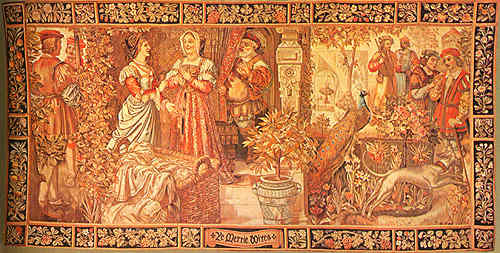
5) Bricks & tiles
Roofs in the Thames Valley are often decorated with terracotta finials. This is the result of the Pinkneys Green Brick & Tile Works that was established by Charles Cooper in 1825. He built up the business from scratch and employed 150 locals. His son, John Kingdom Cooper was well known for his terracotta tiles and gargoyles which you can find mostly on Victorian and Edwardian houses. Of course there were many other brick factories in the Thames Valley, the Reading and Newbury plants were quite big. Berkshire bricks were used in places like Eton and Harrow College, 10 Downing Street, the Chequers, Westminster Cathedral, Windsor Castle and Hampton Court.
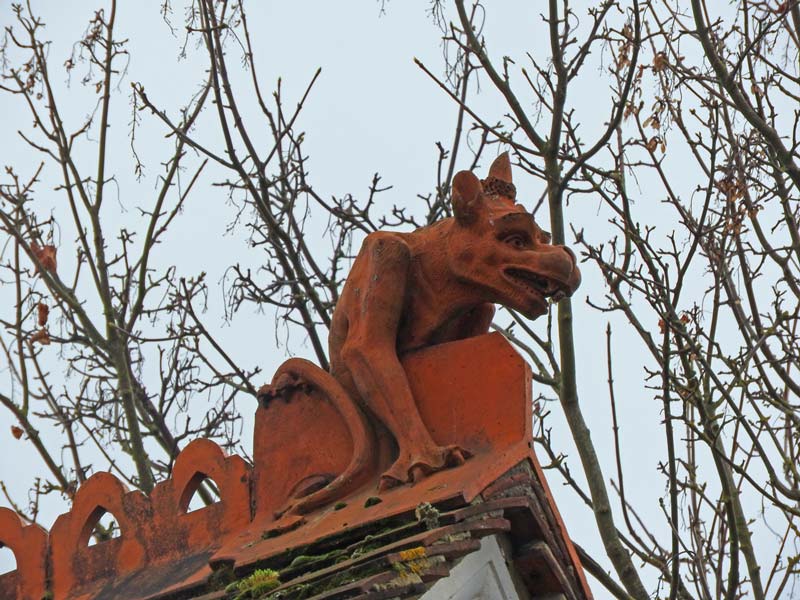
6) Pottery: Medmenham Ware
Perhaps less known is that of the local soap magnate, Robert Hudson was a huge admirer of the Arts & Crafts Movement and because of that he established Medmenham Pottery in 1897. Not only quality terracotta was produced there but bespoke moulded forms and hand painted tiles to order. The pottery used local materials and employed local workers. Medmenham ware can be seen on buildings like the Sunlight Chambers in Dublin or the Law Society Hall in London.
7) Seeds
John Sutton established his seed for vegetables & flowers business in Reading in 1807, however his business really took off when his 13 year old son started to trade in 1828. The company worked together with Windsor Royal Home Farm and the government asked for their help in the Irish Potato Famine in 1845. Their success laid in two things: which were their honest approach and Adulteration of seed, which was common in those days but their scrupulousness made them stand out. Besides they started to use the penny post which helped them to grow from a local to a national business.
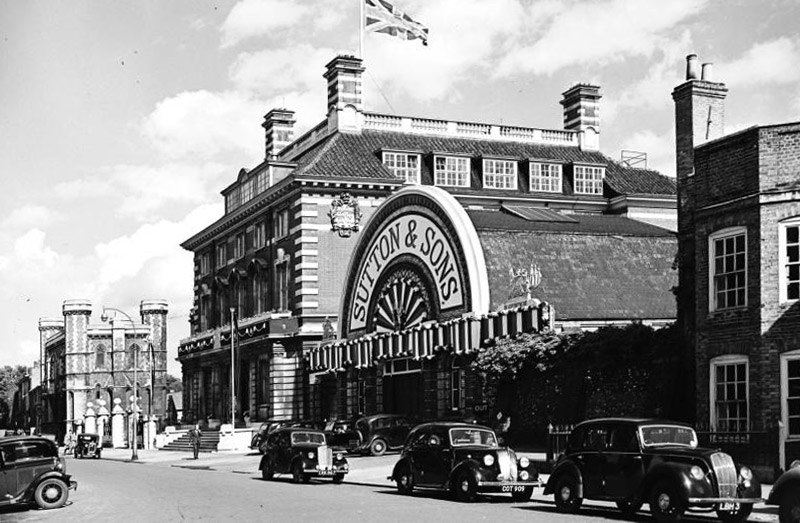
8) Brewery
Berkshire produced a large quantity of barley which then was sold to London and Bristol and used locally for making beer. The brewing business was thriving in the second half of the 19th century: Reading had 14 breweries, Newbury 9, Abingdon 5, Windsor and Maidenhead 3 each and some smaller villages had a few more. Out of the 30+ breweries only two survived: Courage’s (former Simonds) and Morland, however they were bought by the beer giant Greene King as well. In Henley-on-Thames, Brakspear still survive, however, production is in Oxfordshire today.
9) Biscuits
Surely, biscuits had been produced before and in many places, yet biscuit tins have their roots here, in the Thames Valley.
Thomas Huntley was a school teacher in Gloucestershire and his wife, Hannah started baking biscuits and selling them to stagecoach passengers. The family moved to Reading in 1811 and their son, Joseph opened a biscuit and confectionery shop in 1822. Another family member worked in a factory nearby which produced tinplate boxes which gave them the idea to sell their biscuits in them to keep them fresh.
The Huntley & Palmer biscuit company was born in 1841 and by 1860 it became the largest biscuit manufacturer of the country and by the end of the century it was the biggest in the world.
The company is also famous for its beautiful, sometimes exotic themed tins, which today are collectable and can be very pricey.
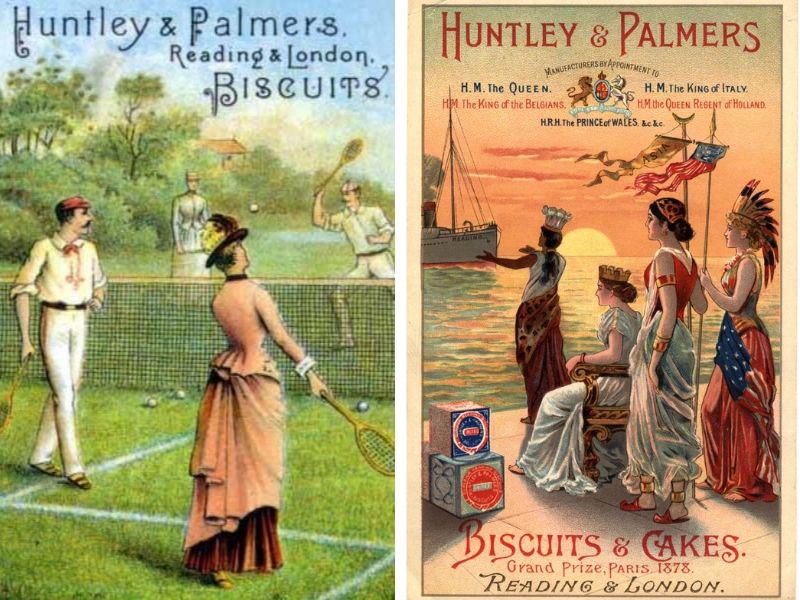
10) William Morris’s Textile designs
Although Kelmscott Manor, the country manor of William Morris lays in another region of England, the Cotswolds, being close to the river Thames, I consider William Morris’s hand drawn textile designs from the 1880s being part of the Thames Valley. Each of the series of the textile designs were inspired by the Thames and its tributaries: Kennet, Loden, Wandle, Evenlode, Windrush and Medway.
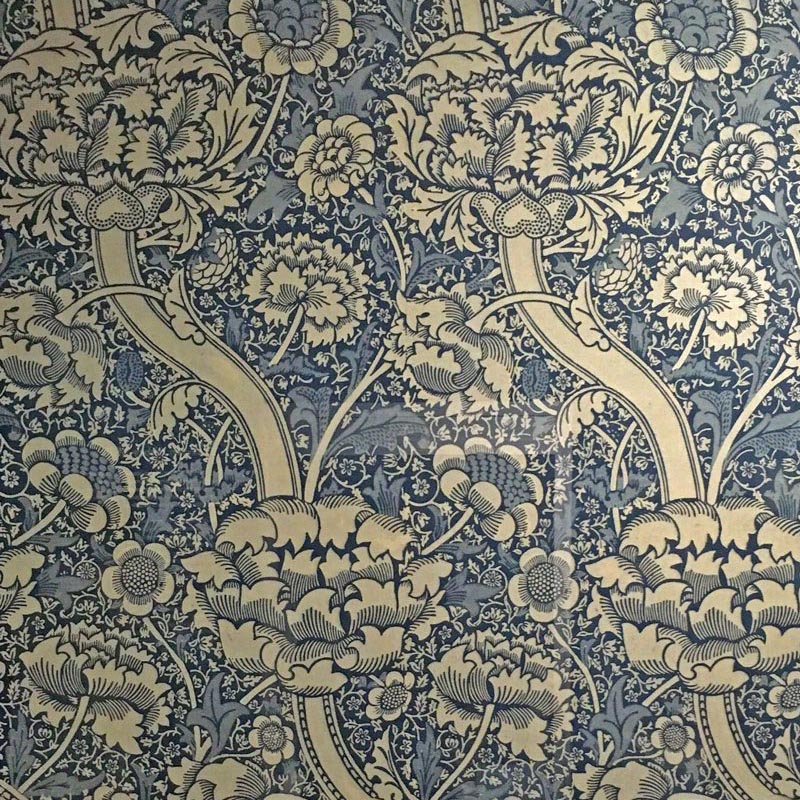
To discover more about the area and what industry magnets settled in the Thames Valley, join my trips.




Comments (0)